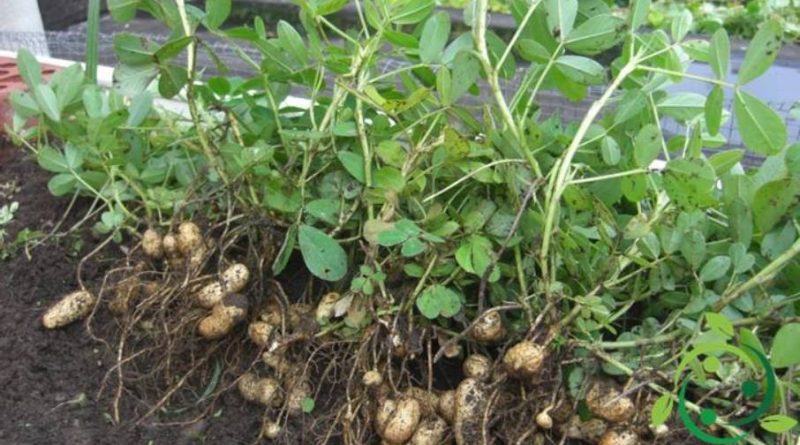How to grow peanut in a biological way
How to grow peanut in a biological way
The peanut (Arachis hypogaea L., 1753) can be grown in small plots for their own use or on large surfaces and represents a plant of interesting introduction in the crop cycle as it is a legume.
Peanut is an easy-to-grow plant that provides a very nutritious and very important product in company rotation as it is capable of fixing atmospheric nitrogen. From the pedoclimatic point of view it requires a warm climate and loose soils (where the best sizes of the pods are also obtained) and can give good productions even without fertilization; on the contrary, in rotation with other vegetables, it improves the fertility of the soil considerably.
In more compact soils, try to keep the earth loose on the surface, helping the formation of the pods with repeated ridges. Before sowing it is necessary to perform a digging (or a working with working organs) at a depth of 25-30 cm. During the work of superficial arrangement of the ground it is necessary to level the ground so that no stagnant water forms, especially in the most compact and humid soils.
For sowing, remember that in the milder areas of central and southern Italy it can also be done in April, but there must be temperatures of at least 13 ° C, otherwise germination does not begin; while for plant distances we recommend 40-70 cm between rows and 15-20 cm on row. Before being placed in the ground, the peanuts must be unshelled, but the red film surrounding them must be left around the seeds. The optimal period is March, while the harvest takes place ordinarily between September and October. Clearly, if it is a matter of large extensions, this happens with machines that grub the plants and place them in windrows for subsequent drying. For small surfaces the plant is uprooted (also for this it is good that the soil is melted).
Even if peanuts give good results in soils well endowed with organic substance we do not recommend the use of manure or compost before its cultivation; instead it is advisable to follow this plant after an abundantly fertilized crop, such as tomato and courgette, so that it can use the residual fertility that these crops leave in the soil. Absolutely not recommended the use of nitrogen, both for health reasons and for the reason that the bacteria present in the roots of the plant are very active in fixing this element.
For irrigation various methods can be adopted (also depending on the extension). We recommend the hose because it allows a great irrigation savings; it does not have big irrigation needs but we must not let the water be lacking, especially during the summer.
Peanuts worry about cryptogamic diseases on average; to reduce the incidence it is good to work the soil well to prevent water from stagnating near the plant. Among the parasites is attacked by aphids (the black aphid of legumes) and the red spider. The defense from these phytophagous can be operated with natural methods such as nettle macerate and garlic macerate.

